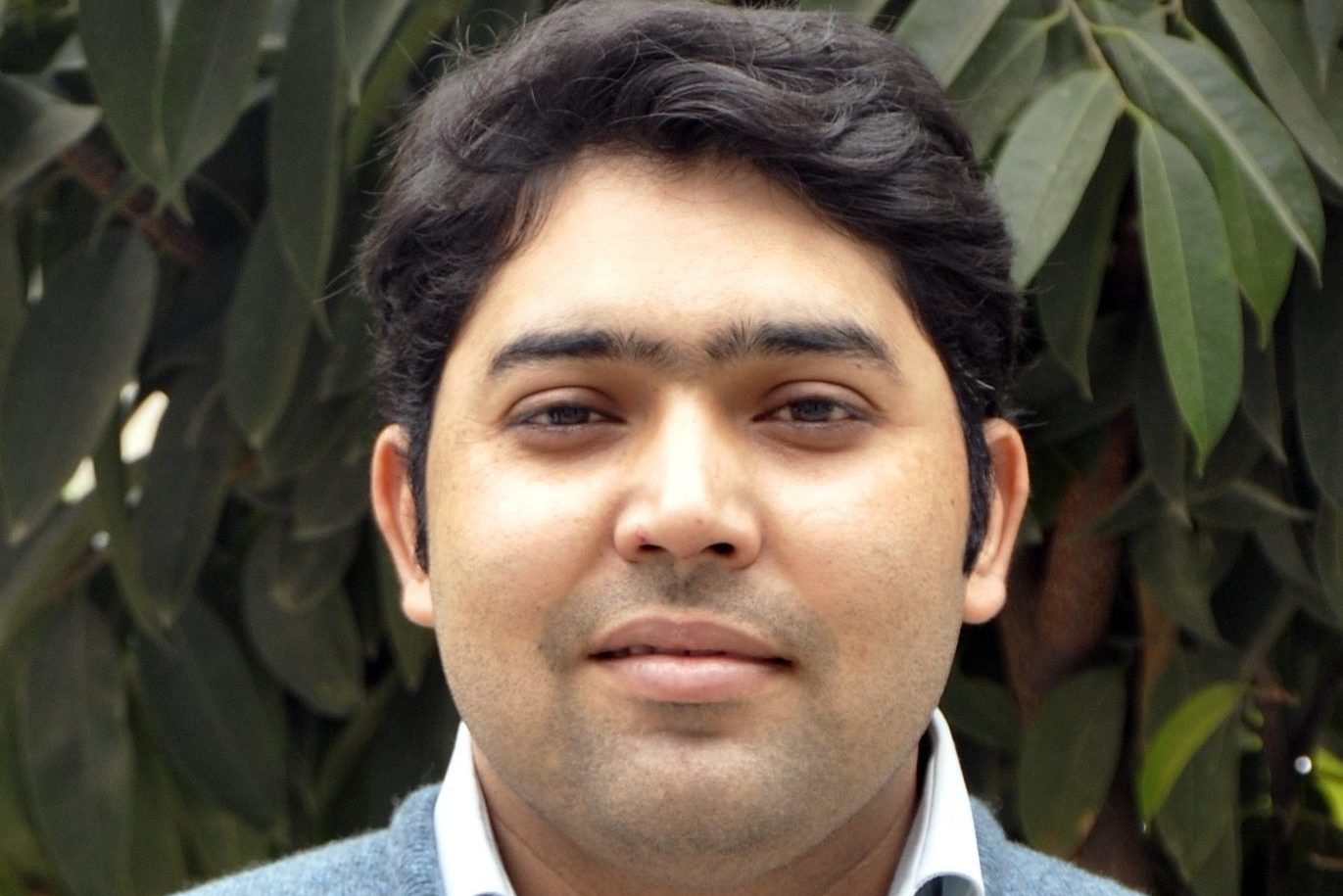NEWS

IN BRIEF
By Fayyaz Yaseen Almost all the words referring to accountability in one way or another – such as responsiveness, transparency, participation, inclusion, accountability, rule of law – are used just as they are (as English words), despite the fact that there are stronger Urdu corresponding words that can spell out […]
SHARE
By Fayyaz Yaseen
Almost all the words referring to accountability in one way or another – such as responsiveness, transparency, participation, inclusion, accountability, rule of law – are used just as they are (as English words), despite the fact that there are stronger Urdu corresponding words that can spell out an even stronger meaning that also relates to the local context. For example, the Urdu word for ‘responsiveness’ is ‘jawabdahi’, which means that one is not only expected to respond in a timely manner but is also accountable for doing/not doing so. Similarly, the term ‘rule of law’ is understood as ‘qanoon ki hukmarani’, which explicitly distinguishes between rule of law and rule of lawmaker/implementer (which is often the case). ‘Transparency’ means ‘shafaf’ or ‘shafafiat’ – meaning transparency in its entirety and not in parts, which happens when a government, in the name of transparency, just displays its decisions on the internet/websites once they are made, and does not open up about how the respective policy issues were identified.
In 2010, a few civil society organizations (CSOs) started using the term ‘social accountability’, and it has taken seven years to introduce and infuse a relatively more neutral, bottom-up meaning of accountability in society. People in the media who want to speak about accountability usually refer to the broader term of ‘good governance’.
To promote improvements in health service delivery, state actors have been promoting upward accountability measures, while CSOs (and their international allies) are promoting downward accountability initiatives. For example, calling on government-appointed district monitoring officers (mostly retired army officials) to monitor and report on the presence of doctors in the village-level public health facilities. The government also used electronic attendance machines (which are easily dodged both by the doctors and the monitoring officers, so the government has only been adding to monitoring layers). Lately, the government opted for direct citizens’ feedback in Punjab through mobile phone messages called the citizen feedback model (again, an English language terminology). Had the program used the local term ‘Awami Jawabdehi ka Nizam’, the directionality of the accountability would have been clearer by referring to the accountability of the health service providers to citizens.
Article originally published in The Accountability Research Centre
